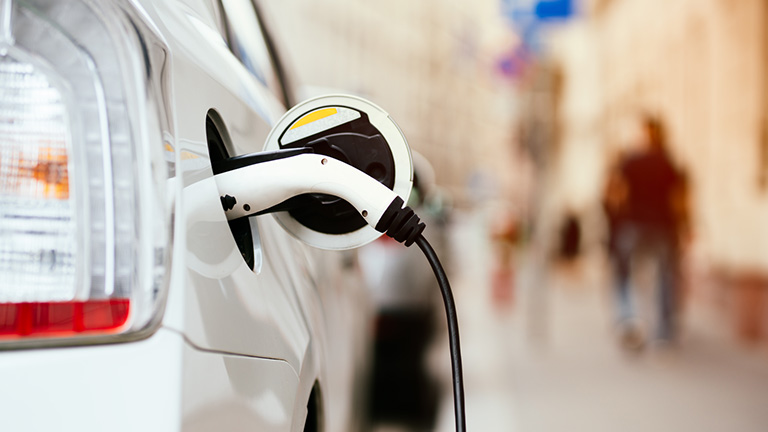Currently, transport emissions are the fastest growing source for global CO2 emissions and are held responsible for the greenhouse effect and global warming. 75 percent of transport emissions will emerge from road vehicles worldwide in 2030. Low and zero-carbon electromobility concepts are needed to break this development. Semiconductors and microelectronics come into play as an essential part for the electrification of vehicles (EVs).
According to IEA (International Energy Agency), electric car sales more than doubled to 6.6 million in 2021, representing close to 9% of the global car market and more than tripling their market share from two years earlier. They estimate there are now around 16 million electric cars on the road worldwide, consuming roughly 30 terawatt-hours (TWh) of electricity per year, the equivalent of all the electricity generated in Ireland.
Press release, 27 June 2022: Electric cars as buffer storage for solar power: Infineon and Delta enable bidirectional charging at home - Read the full press release here
"To make a sustainable contribution to decarbonization, we must think electromobility holistically: from green power generation to a stable, efficient grid infrastructure to storage and consumption," says Peter Wawer, head of Infineon’s Industrial Power Control division.
